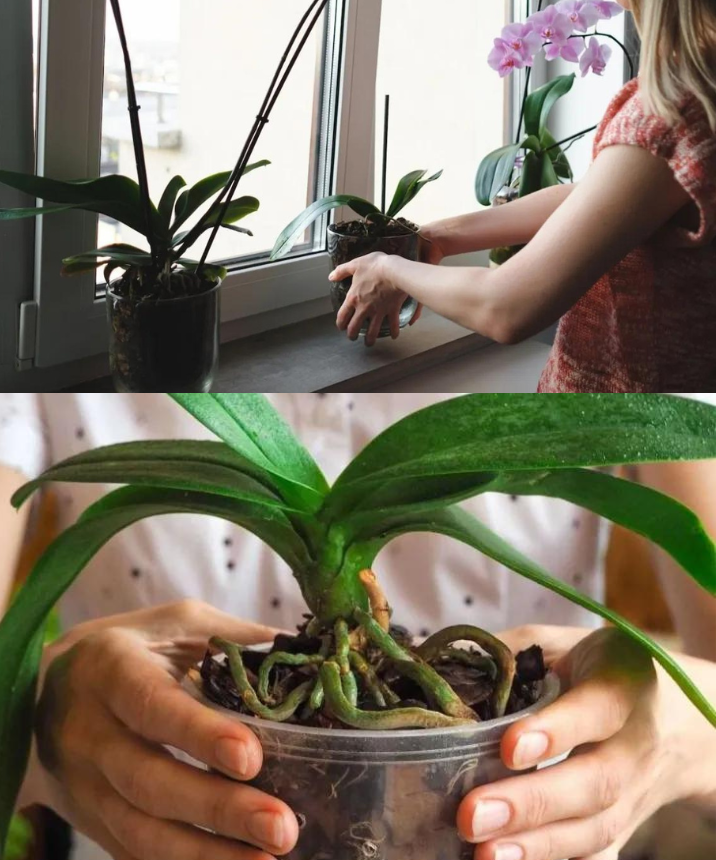Orchids are exotic and beautiful plants that, at their best, can produce spectacular and colorful flowers. However, sometimes it may happen that your orchid is producing plenty of leaves but no flowers, which can be frustrating for plant enthusiasts. Below, we’ll explore possible causes of this issue and some solutions to promote healthy flowering in your orchids:
Causes of Flowering Failure:
- Lack of Adequate Light: Orchids require the right amount of light to produce flowers. If your orchid doesn’t receive enough light, it may produce many leaves but fail to bloom.
- Temperature Issues: Extreme temperature fluctuations can negatively affect the orchid’s ability to bloom. Too much heat or cold can inhibit flower formation.
- Excessive or Insufficient Water: Improper watering can also hinder orchid flowering. Overwatering can lead to root rot and plant health issues, while underwatering can cause stress and halt flowering.
- Nutritional Problems: Orchids need specific nutrients to bloom. If the plant doesn’t receive the proper nutrients, it may produce many leaves but no flowers.
Solutions for Healthy Flowering:
- Provide Adequate Light: Place your orchid in a location where it receives bright indirect light. Avoid direct sunlight during the hottest hours of the day.
- Maintain Consistent Temperature: Try to keep a constant and moderate temperature around your orchid. Avoid placing it near cold drafts or direct heat sources.
- Water Moderately: Ensure you water your orchid properly. Allow the substrate to dry slightly between waterings, but don’t let it dry out completely. Also, avoid water stagnation in the pot.
- Provide Balanced Nutrients: Use a specific orchid fertilizer and follow dosage instructions. Apply fertilizer during the active growth season to promote flowering.
- Consider Winter Rest: Some orchid species need a winter rest period to bloom. Slightly reduce watering frequency and avoid fertilizing during this time to simulate natural growth conditions.
By following these recommendations and paying attention to your orchid’s individual needs, you can encourage healthy flowering and enjoy the beauty of its blooms. Remember that each orchid is unique and may require specific care, so closely observe your plant and adjust your care practices accordingly.
